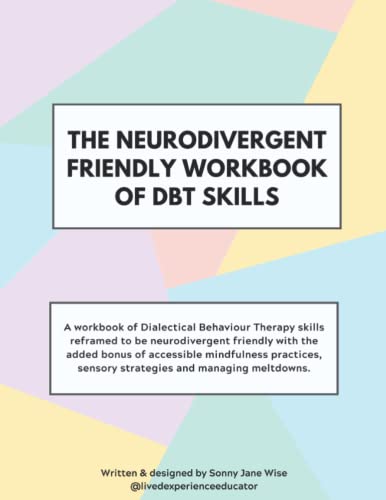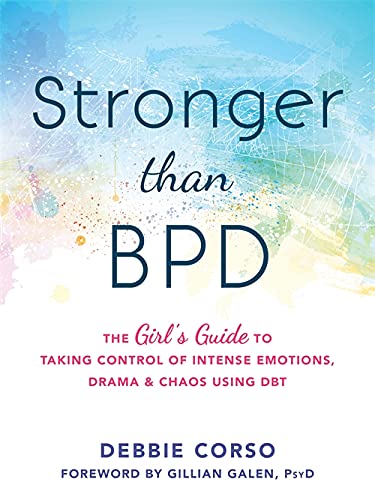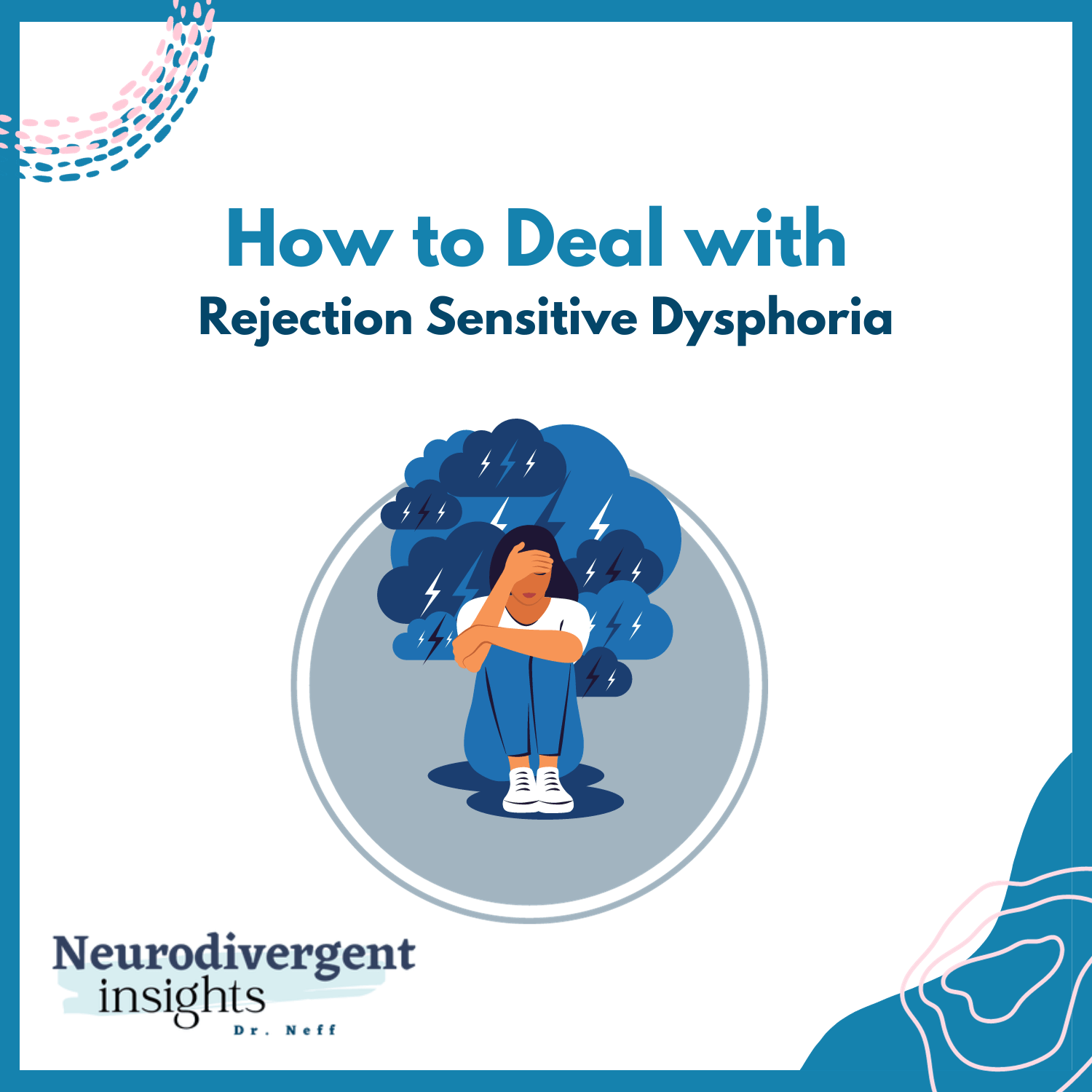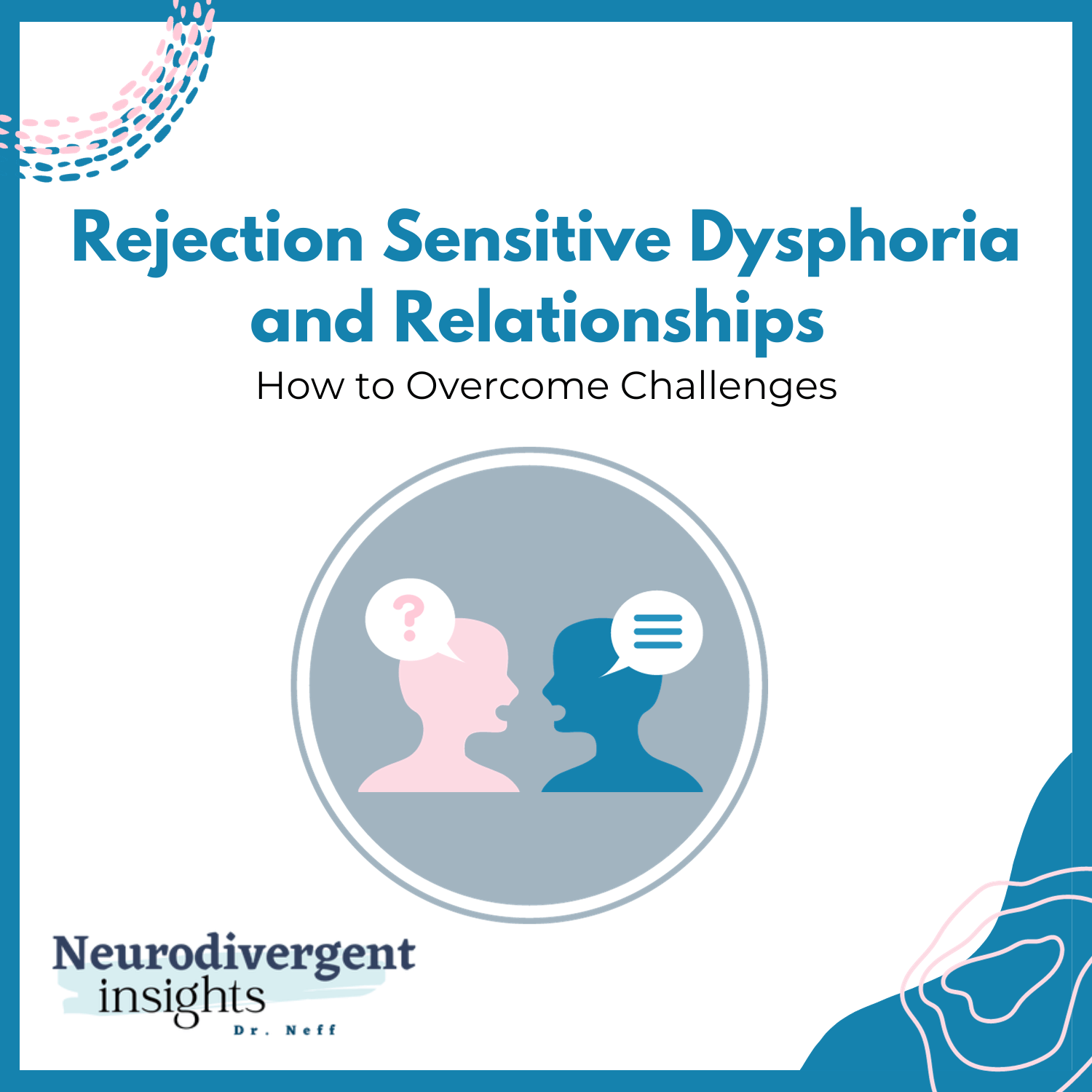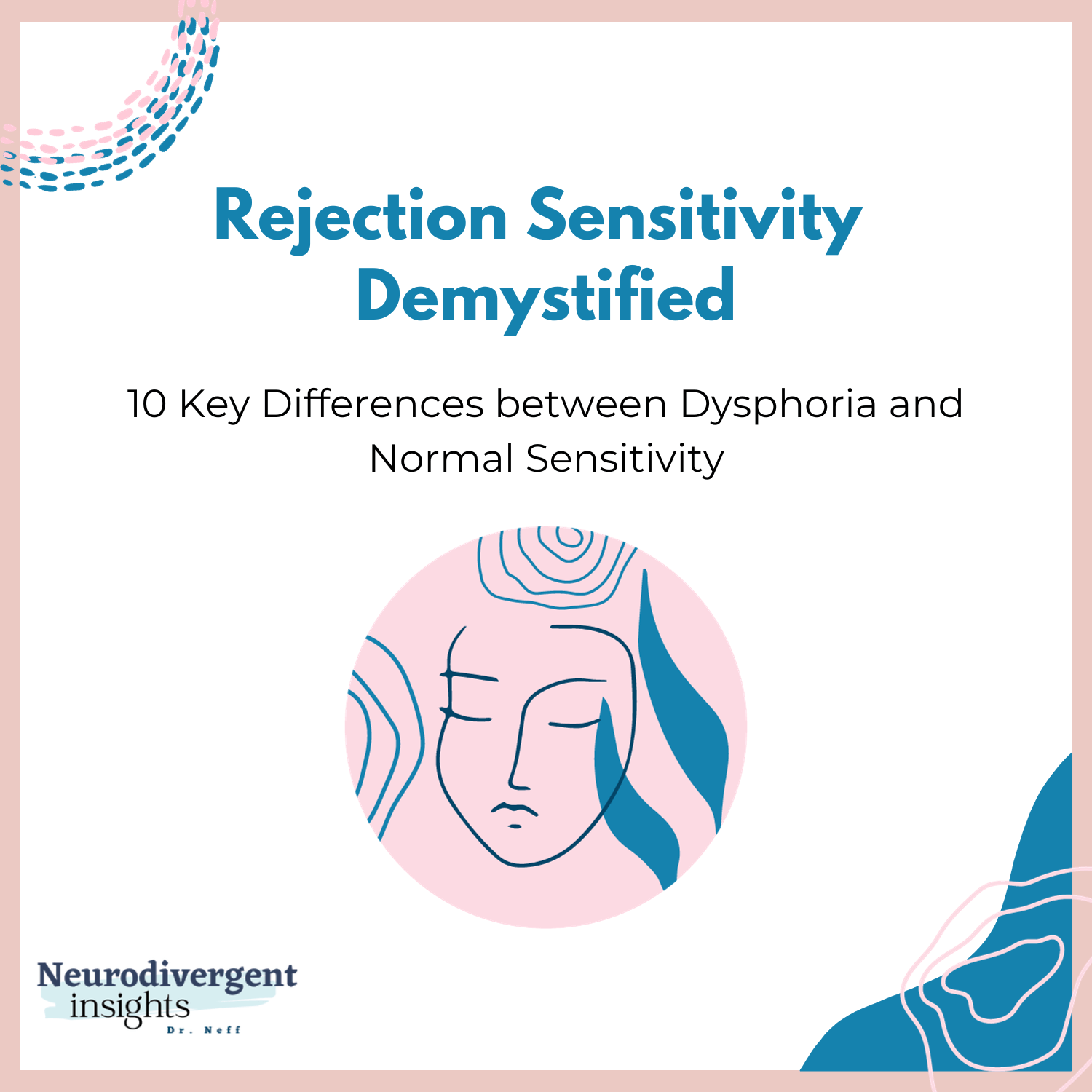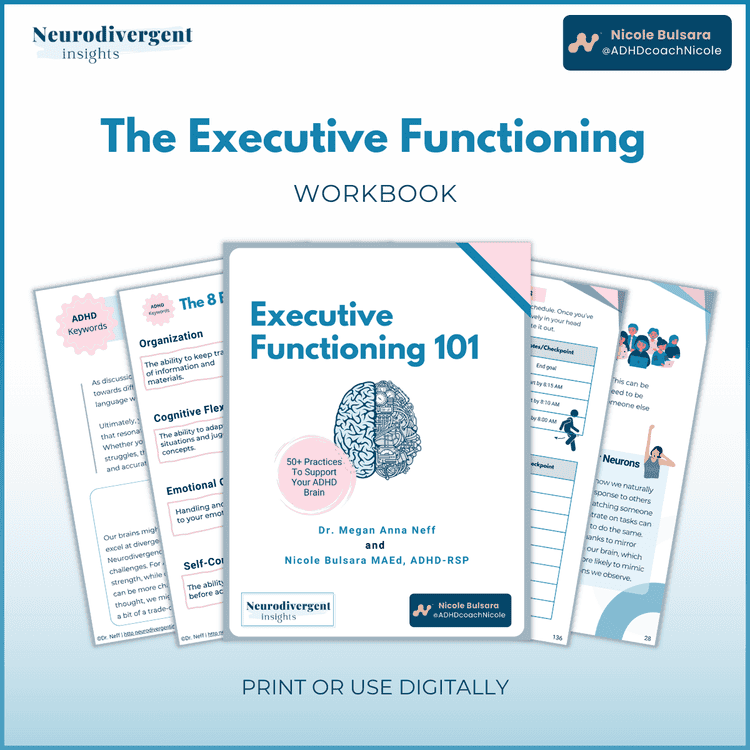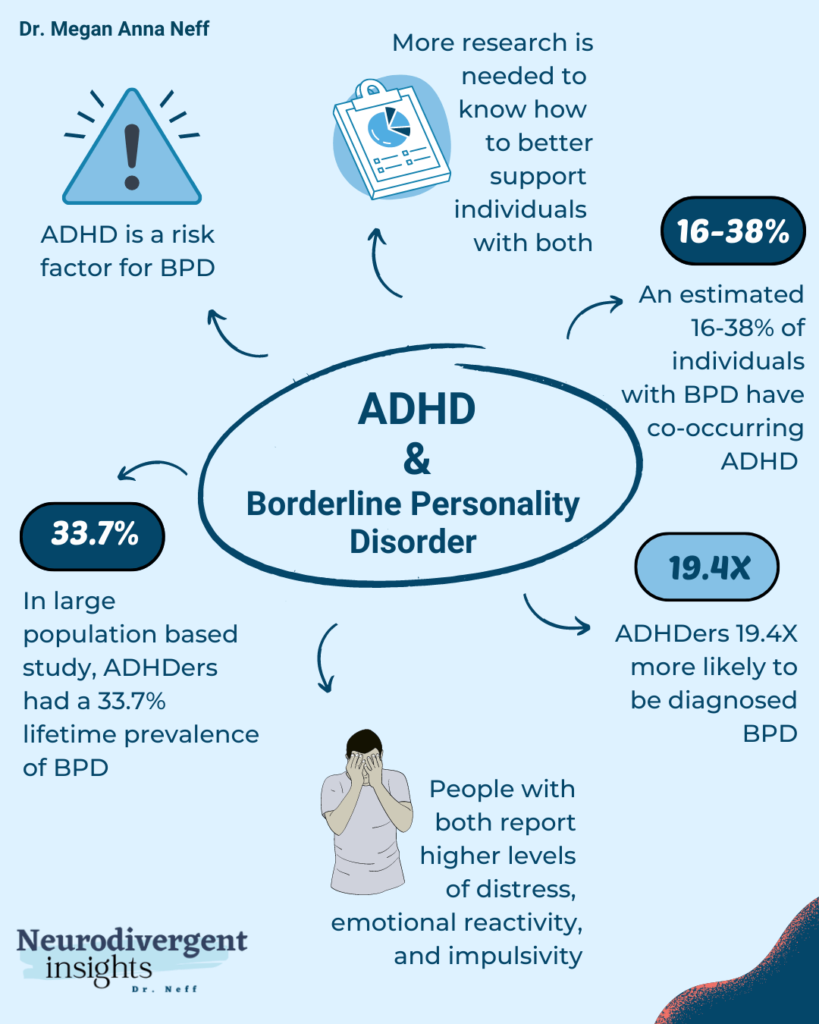
ADHD and Borderline Personality Disorder
Living with ADHD can be challenging, but it becomes even more complex when co-occurring with another condition, such as Borderline Personality Disorder (BPD). The high rates of co-occurrence between ADHD and BPD have been increasingly recognized within the medical community, but more research is needed to understand the relationship and to develop effective treatments. As someone who lives with ADHD and has extensive experience working with others with ADHD and related conditions, I have seen firsthand the impact that co-occurring conditions can have. In this blog post, I will explore the latest research on the link between ADHD and BPD, as well as the implications for individuals and possible interventions.
Borderline Personality Disorder (BPD) and Attention-Deficit/Hyperactivity Disorder (ADHD) frequently co-occur, with rates higher than expected by chance (Weiner et al., 2019). Unfortunately, it’s possible for one of the conditions to be missed. The symptoms of BPD can be loud and overshadow the quieter traits of ADHD. This can be particularly problematic for women, who are more likely to have their ADHD missed when experiencing both conditions. While it’s difficult to discern the true prevalence rate of co-occurrence the following section provides an overview of several of the research studies that have looked at this.
The High Prevalence of BPD in ADHD: What the Studies Show
It is important to understand the high co-occurrence of ADHD and BPD to identify individuals at risk and provide appropriate treatment. The co-occurrence of ADHD and BPD is common. Studies investigating the co-occurrence vary in their findings due to different criteria used, such as studies that focus on ADHD diagnosed in children compared to those diagnosed in adults
A population sample study found that 33.7% of individuals with ADHD have a lifetime prevalence of BPD, which is much higher compared to the general population prevalence of 5.2% (Bernardi et al., 2012). Similarly, a large-scale population study in Sweden reported that individuals with ADHD have 19.4 times higher odds of BPD diagnosis than those without ADHD (Kuja-Halkola et al., 2018).
Research has also shown that girls with ADHD and ODD at age 8 were more likely to have BPD symptoms at age 14, as found in a longitudinal study by Stepp et al. (2012). Another longitudinal study found that children diagnosed with ADHD between 7-11 were more likely to be diagnosed with BPD at the 16-26 year follow-up compared to non-ADHDers (Miller et al., 2008 ). And Jacob et al., 2007 found at least 14% of individuals diagnosed with ADHD in childhood later receive a diagnosis of BPD.
It is noteworthy that women with ADHD, particularly those with combined type, are more likely to have BPD compared to men with ADHD, who are more likely to be diagnosed with antisocial personality disorder. However, it is essential to note that gender bias may account for some of this (Cumyn et al., 2009). Between 18%-34% of adult ADHDers are estimated to have co-occurring BPD, but more research is needed to understand the prevalence of BPD in different ADHD populations (Matthies et al., 2011; Rasmussen and Gillberg, 2000)
Note: Research on ADHD and BPD co-occurrence among genderqueer people is limited. Thankfully, there is a growing recognition of the need for more research on the experiences of genderqueer individuals. However, many studies on ADHD and BPD have relied on binary gender categories and have not specifically looked at genderqueer populations. It will be essential to consider the unique experiences and needs of genderqueer individuals in future research on ADHD and BPD co-occurrence.
The High Prevalence of ADHD in BPD: What the Studies Show
While the first group of studies investigated the prevalence of BPD among individuals with ADHD, this second group of studies looked at the prevalence of ADHD among individuals with BPD. At first glance, it might sound like the same study, but it actually captures different demographics. Understanding the comorbidity of ADHD and BPD is crucial for developing appropriate treatment plans. Here is a summary of some of the key findings from studies that have investigated the prevalence of ADHD within the BPD population.
Drawing from research on the co-occurrence of ADHD and BPD, it is clear that these conditions are highly linked. In fact, a meta-analysis by Ditrich et al. (2021) found that ADHD is present in 30-60% of individuals with BPD. It is important to note that other studies found smaller percentages, and the 60% study specifically focused on childhood traits of ADHD. Additionally, Fossati et al. (2002)2 found that 60% of patients with BPD had scores on the WURS-25 that suggested childhood ADHD. Furthermore, an estimated 16-38% of individuals with BPD also have co-occurring ADHD (Weiner et al., 2019). These findings highlight the need for comprehensive assessment and diagnosis to ensure that individuals receive the appropriate treatment and support for all of their co-occurring conditions.
Living with ADHD and BPD: The Consequences of Co-Occurrence
When ADHD and BPD co-occur, it can have significant implications for individuals. While research in this area is limited, the available findings suggest that people with both conditions experience higher rates of impulsivity and difficulties with emotional regulation compared to those with either condition alone. In fact, individuals with both conditions are found to have elevated symptom scores and experience more difficulties across multiple contexts (Ditrich et al., 2021).
The co-occurrence of ADHD and BPD presents a complex challenge for mental health providers, underscoring the need for a better understanding of this comorbidity and the most effective interventions for individuals affected by both conditions. Adequate support and resources must be provided to improve the overall quality of life for those with both disorders. Furthermore, given the higher rates of missed ADHD diagnoses in women, mental health providers must pay careful attention to identifying ADHD in women who are experiencing symptoms of both ADHD and BPD to provide the best possible care.
Exploring the Factors Contributing to ADHD and BPD Co-Occurrence
As discussed above, ADHD and BPD co-occur at high rates. The co-occurrence of ADHD and BPD is now well-documented, and there are several explanations as to why the two disorders frequently co-occur. There are four main theories that explain the high rates of co-occurrence between ADHD and BPD:
First, ADHD is associated with specific temperamental traits that increase a person’s chance of developing a personality disorder (Anckarsäter, et al., 2006). Individuals with ADHD are also more likely to be victims of bullying and trauma, and at elevated risk for adversities and traumatic experiences during childhood, which may contribute to the development of BPD in adolescence and adulthood (Ditrich et al., 2021).
Secondly, ADHD appears to be a risk factor for later developing BPD, potentially related to temperament, cognitive processing style, genetics, and risk of exposure to trauma, among other factors (Ditrich et al., 2021; Weiner et al., 2019).
Thirdly, ADHD and BPD share genetic, temperamental, and environmental vulnerability factors, including childhood adversity, which have been linked with both disorders (Weiner et al., 2019). Childhood maltreatment, for example, is associated with increased risk of developing both BPD and ADHD, and patients with co-occurring BPD and ADHD report more maltreatment during childhood than those with either disorder alone (Ferrer et al. 2017).
Finally, studies have shown that there is some level of shared genotype between the two disorders, including evidence of familial links and increased risk for BPD in individuals with ADHD relatives (Ditrich et al., 2021; Kuja-Halkola et al., 2018; Distel et al, 2011).
Treating the Overlap: Implications for Individuals with Co-Occurring ADHD and BPD
Treatment for co-occurring ADHD and BPD can be complex and challenging, as symptoms of both disorders can interact and exacerbate each other. Although there is limited research on the treatment of comorbid ADHD and BPD, some approaches have shown promise.
✦ Psychotherapy, such as dialectical behavior therapy (DBT), has been found to be effective for treating both disorders individually and in combination (Weiner et al., 2019). DBT combines individual therapy with group therapy and skills training, and it aims to help individuals regulate their emotions, tolerate distress, and improve interpersonal relationships.
✦ Pharmacological interventions can also be effective, although medication management may be more complex when treating both disorders. Stimulant medication, such as methylphenidate, is commonly prescribed to treat ADHD symptoms. However, these medications can sometimes worsen anxiety and agitation, which are common symptoms of BPD (Ditrich et al., 2021). Antidepressants, mood stabilizers, and antipsychotic medications may be considered for managing BPD symptoms.
✦ Providers should regularly screen for ADHD as part of BPD treatment is crucial, especially given the higher rates of missed diagnoses among women. Undiagnosed ADHD can lead to inadequate or ineffective treatment for both ADHD and BPD.
✦ Executive Functioning Coaching and Support: Treatment should focus on supporting executive functioning challenges. Executive functioning difficulties, such as poor time management, disorganization, and poor impulse control, can significantly impact a person’s daily life and ability to manage their BPD symptoms. It’s critical to build skills to manage the symptoms of both conditions.
It is important to take a comprehensive and individualized approach to treatment that considers both the ADHD and BPD symptoms and how they interact. Coordinated care by mental health professionals with experience in treating both ADHD and BPD is crucial. Treatment should address both the impulsivity and emotional dysregulation symptoms of ADHD and BPD, as well as any comorbid conditions that may be present.
Overall, effective treatment for co-occurring ADHD and BPD requires an understanding of the unique challenges and complexities presented by the interaction of these two disorders. With appropriate treatment and support, individuals with both ADHD and BPD can experience improved quality of life and functioning.
Key Takeaways
To sum up, ADHD and BPD frequently co-occur, and there is a growing body of research suggesting that this co-occurrence may be due to shared genetic, temperamental, and environmental vulnerability factors. When ADHD and BPD co-occur, people may experience higher rates of impulsivity, more emotional regulation difficulties, and elevated symptom scores across both conditions.
While research on the co-occurrence is limited, it is important to provide adequate support and resources to manage both conditions and improve the overall quality of life for those affected. Mental health providers should also make efforts to better identify ADHD in women, who are particularly vulnerable to having their ADHD missed when experiencing both conditions. If you would like to learn more about differentiating BPD from BPD and ADHD you can check out my e-book where I review the differences and similarities between BPD and ADHD.
Research Citations
Anckarsäter, H., Stahlberg, O., Larson, T., Hakansson, C., Jutblad, S. B., Niklasson, L., Nydén, A., Wentz, E., Westergren, S., Cloninger, C. R., Gillberg, C., & Rastam, M. (2006). The impact of ADHD and autism spectrum disorders on temperament, character, and personality development. The American journal of psychiatry, 163(7), 1239–1244. https://doi.org/10.1176/appi.ajp.163.7.1239
Bernardi, S., Faraone, S. V., Cortese, S., Kerridge, B. T., Pallanti, S., Wang, S., & Blanco, C. (2012). The lifetime impact of attention deficit hyperactivity disorder: results from the National Epidemiologic Survey on Alcohol and Related Conditions (NESARC). Psychological medicine, 42(4), 875–887. https://doi.org/10.1017/S003329171100153X
Cumyn, L., French, L., & Hechtman, L. (2009). Comorbidity in adults with attention-deficit hyperactivity disorder. Canadian journal of psychiatry. Revue canadienne de psychiatrie, 54(10), 673–683. https://doi.org/10.1177/070674370905401004

Distel MA, Carlier A, Middeldorp CM, Derom CA, Lubke GH, Boomsma DI. Borderline personality traits and adult attention-deficit hyperactivity disorder symptoms: a genetic analysis of comorbidity. Am J Med Genet B Neuropsychiatr Genet. 2011;156(7):817–825. doi:10.1002/ajmg.b.31226
Ditrich, I., Philipsen, A. & Matthies, S. Borderline personality disorder (BPD) and attention deficit hyperactivity disorder (ADHD) revisited – a review-update on common grounds and subtle distinctions. bord personal disord emot dysregul 8, 22 (2021). https://doi.org/10.1186/s40479-021-00162-w
Fossati, A., Novella, L., Donati, D., Donini, M., & Maffei, C. (2002). History of childhood attention deficit/hyperactivity disorder symptoms and borderline personality disorder: a controlled study. Comprehensive psychiatry, 43(5), 369–377. https://doi.org/10.1053/comp.2002.34634
Kuja-Halkola R, Lind Juto K, Skoglund C, Rück C, Mataix-Cols D, Pérez-Vigil A, et al. Do borderline personality disorder and attention-deficit/hyperactivity disorder co-aggregate in families? A population-based study of 2 million swedes. Mol Psychiatry.2021; 26(1):341–9. https://doi.org/10.1038/s41380-018-0248-5.
Miller CJ, Flory JD, Miller SR, Harty SC, Newcorn JH, Halperin JM. Childhood attention-deficit/hyperactivity disorder and the emergence of personality disorders in adolescence: a prospective follow-up study. J Clin Psychiatry. 2008;69(9):1477–1484
Jacob CP, Romanos J, Dempfle A, et al. Co-morbidity of adult attention-deficit/hyperactivity disorder with focus on personality traits and related disorders in a tertiary referral center. Eur Arch Psychiatry Clin Neurosci. 2007;257(6):309–317. doi:10.1007/s00406-007-0722-6
Matthies S, van Elst LT, Feige B, et al. Severity of childhood attention-deficit hyperactivity disorder–a risk factor for personality disorders in adult life? J Personal Disord. 2011;25(1):101–114. doi:10.1521/pedi.2011.25.1.10
Rasmussen P, Gillberg C. Natural outcome of ADHD with developmental coordination disorder at age 22 years: a controlled, longitudinal, community-based study. J Am Acad Child Adolesc Psychiatry. 2000;39(11):1424–1431. doi:10.1097/00004583-200011000-00017
Weiner, L., Perroud, N., & Weibel, S. (2019). Attention Deficit Hyperactivity Disorder And Borderline Personality Disorder In Adults: A Review Of Their Links And Risks. Neuropsychiatric disease and treatment, 15, 3115–3129. https://doi.org/10.2147/NDT.S192871

